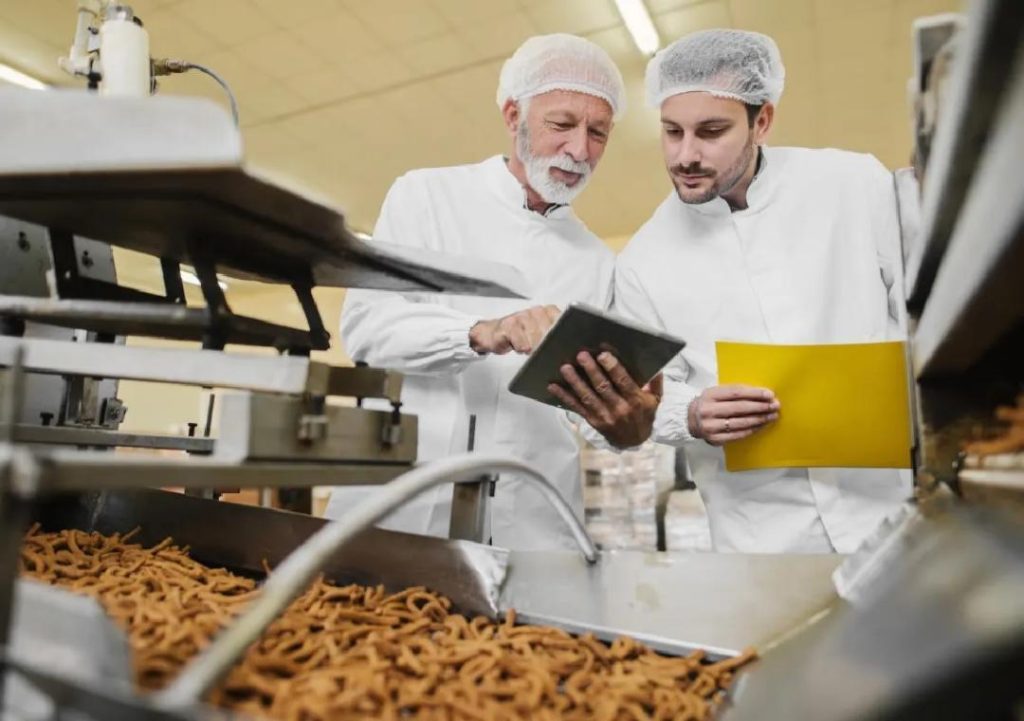
Can P&L Optimisation Redefine Success in Food Technology?
The food technology industry is known for its complexity, with multiple variables influencing profitability. From raw material sourcing to production, distribution, and sales, each stage has the potential to impact the bottom line. In recent years, food tech companies have turned to P&L (Profit and Loss) optimisation to streamline their operations, cut costs, and boost profitability. This approach involves leveraging automation, smart inventory systems, and data analytics to make informed decisions and drive growth.
The Challenges of Food Tech
The food tech industry is characterised by high competition, fluctuating demand, and unpredictable supply chains. These factors create challenges for businesses, making it difficult to maintain profitability and stay competitive. For instance:
- Seasonal fluctuations: Demand for certain products can surge during holidays or special events, but drop off during off-peak seasons, leading to inventory waste and lost revenue.
- Supply chain disruptions: Weather events, transportation issues, or supplier shortages can disrupt production and delivery, causing delays and increased costs.
- Competition: The food tech industry is highly competitive, with multiple players vying for market share. Companies must differentiate themselves through quality, pricing, and customer service to stay ahead of the competition.
The Role of P&L Optimisation
P&L optimisation can help food tech companies overcome these challenges and achieve success. By streamlining their operations, companies can:
- Reduce waste: Automation and smart inventory systems enable businesses to track inventory levels and adjust production accordingly, reducing waste and minimising overstocking.
- Improve demand forecasting: Data analytics and machine learning algorithms can help companies predict demand more accurately, enabling them to adjust production and inventory levels accordingly.
- Make informed decisions: With access to real-time data and insights, businesses can make informed decisions about pricing, production, and inventory management, leading to improved profitability.
Strategies for P&L Optimisation
Food tech companies can implement several strategies to optimise their P&L operations:
- Implement automation: Automating tasks such as inventory tracking, production scheduling, and order fulfillment can help reduce labour costs and improve efficiency.
- Leverage smart inventory systems: Smart inventory systems can help companies track inventory levels in real-time, predicting demand and adjusting production accordingly.
- Use data analytics: Data analytics can help companies identify trends, predict demand, and make informed decisions about pricing, production, and inventory management.
- Adopt scalable models: By adopting scalable models, companies can quickly respond to changes in demand and adjust production accordingly, reducing waste and improving profitability.
Case Studies
Several food tech companies have successfully implemented P&L optimisation strategies to improve profitability. For example:
- A leading food manufacturer implemented automation and smart inventory systems to reduce waste and improve demand forecasting. As a result, they were able to reduce inventory levels by 20% and increase profitability by 15%.
- A food delivery company used data analytics to improve demand forecasting and adjust production accordingly. They were able to reduce food waste by 30% and increase customer satisfaction by 25%.
Conclusion
P&L optimisation can be a game-changer for food tech companies. By streamlining their operations, companies can reduce waste, improve demand forecasting, and make informed decisions. This approach can help businesses boost margins, ensure sustainable growth, and stay competitive in the industry.
About the Author
[Growth Jockey] is a leading provider of growth strategy and operational efficiency solutions for food technology companies. With expertise in P&L operations, automation, and data analytics, our team helps businesses optimise their operations and achieve success.
Source
https://www.growthjockey.com/blogs/p-and-l-operations-in-food-tech






